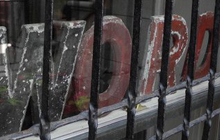An Addendum to : Afro-Atlantic Envoy: With George Nelson Preston on Harlem Heights
from Eye of the Sixties: Richard Bellamy and the Transformation of Modern Art. Judith E. Stein. NYC: FSG, 2016.
pg. 138-9: “One night a not entirely blameless Dick found himself on the receiving end of inner-city road rage when he boxed in the car parked in front of his. His own decrepit vehicle, its make unremembered, was one in a string of similar wrecks he would drive in the course of a lifetime. On this particular evening he drove Sheindi and Stella to a party hosted by George Preston, a young painter and poet who showed at the Phoenix Gallery, a Tenth Street co-op. Preston lived in a storefront apartment at 48 East Third Street, where he hosted readings attended by people like Norman Mailer, Paddy Cheyefsky, Elizabeth Taylor, and Eddie Fisher. A photo of Preston’s salon is the cover image of Fred and Gloria McDarrah’s book on the Beat Generation’s ” glory days” attesting to its importance for the “Scene,” a movable party that formed itself wherever the action was that evening.
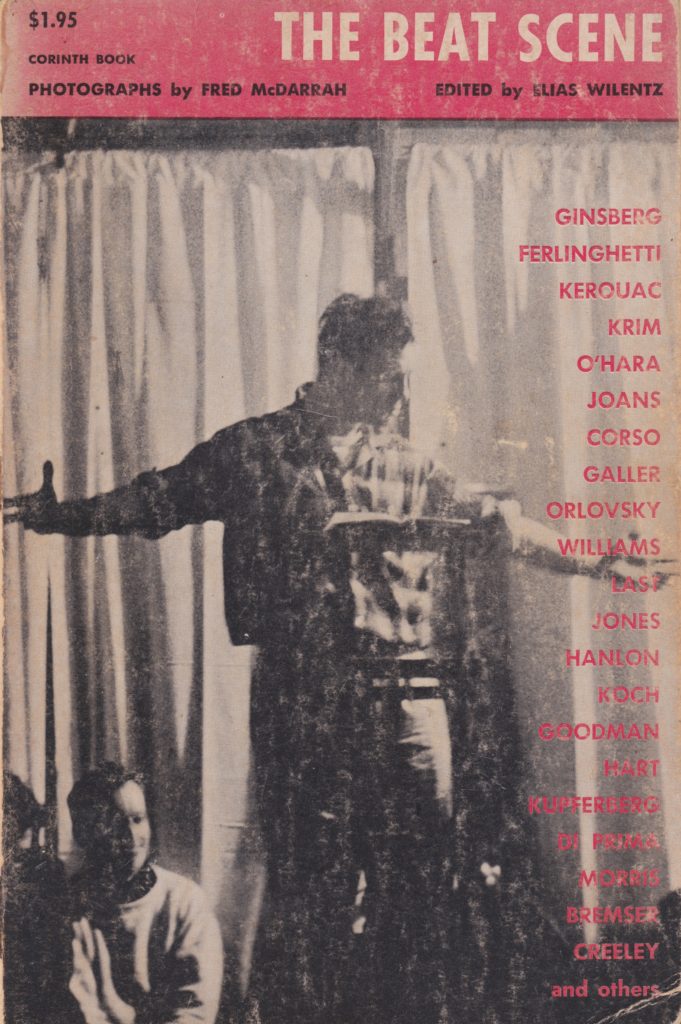 Dick, Sheindi, and Stella had just settled back into his jalopy after leaving Preston’s party when the driver of the trapped car and his friends sprang at them and began to smash Dick’s windows with baseball bats and paving bricks. Stella pushed Sheindi’s head below the dashboard to shield her as the glass shattered. By the time Dick thought to scare them off by leaning on the horn, his car was totaled. Preston long remembered Dick trooping back inside to report his loss “very un-materialistically.” Preston understood that “people like us were mysterious, enviable, and disquieting to the local people on the Lower East Side.”
Dick, Sheindi, and Stella had just settled back into his jalopy after leaving Preston’s party when the driver of the trapped car and his friends sprang at them and began to smash Dick’s windows with baseball bats and paving bricks. Stella pushed Sheindi’s head below the dashboard to shield her as the glass shattered. By the time Dick thought to scare them off by leaning on the horn, his car was totaled. Preston long remembered Dick trooping back inside to report his loss “very un-materialistically.” Preston understood that “people like us were mysterious, enviable, and disquieting to the local people on the Lower East Side.”
“People like us” meant Beat and multiracial. Preston was one of several African American writers and artists in Dick and Sheindi’s circle. They knew LeRoi Jones, the future Amiri Baraka, then married to the writer Hettie Jones, who was Jewish, and the figurative expressionist Emilio Cruz, who lived with Sheindi’s close friend, the dancer June Ekman, just across East Broadway. The innovative abstract expressionist Ed Clark, one of the first painters to experiment with asymmetrically shaped canvases, had a day job at the Sidney Janis Gallery. When Dick needed names for the Green’s first mailing list, Clark helpfully passed along a copy of his boss’s list.”
also see: Journeys of an Afro-Atlantic Envoy: With George Nelson Preston in Harlem Heights
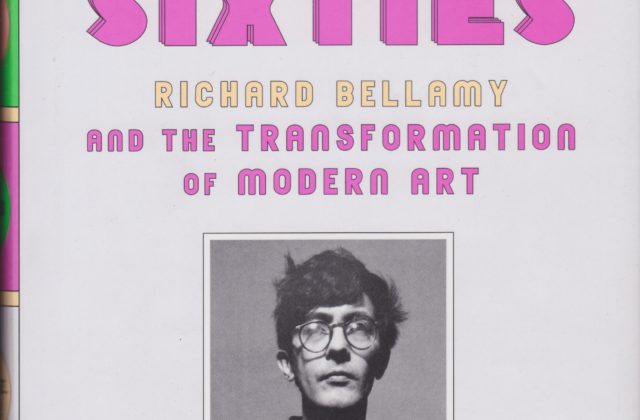
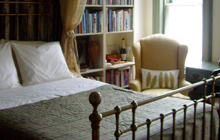 Jumel Terrace B&B
Jumel Terrace B&B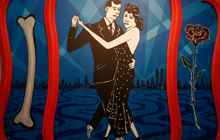 Life Turns Man Up & Down
Life Turns Man Up & Down The Private Library
The Private Library